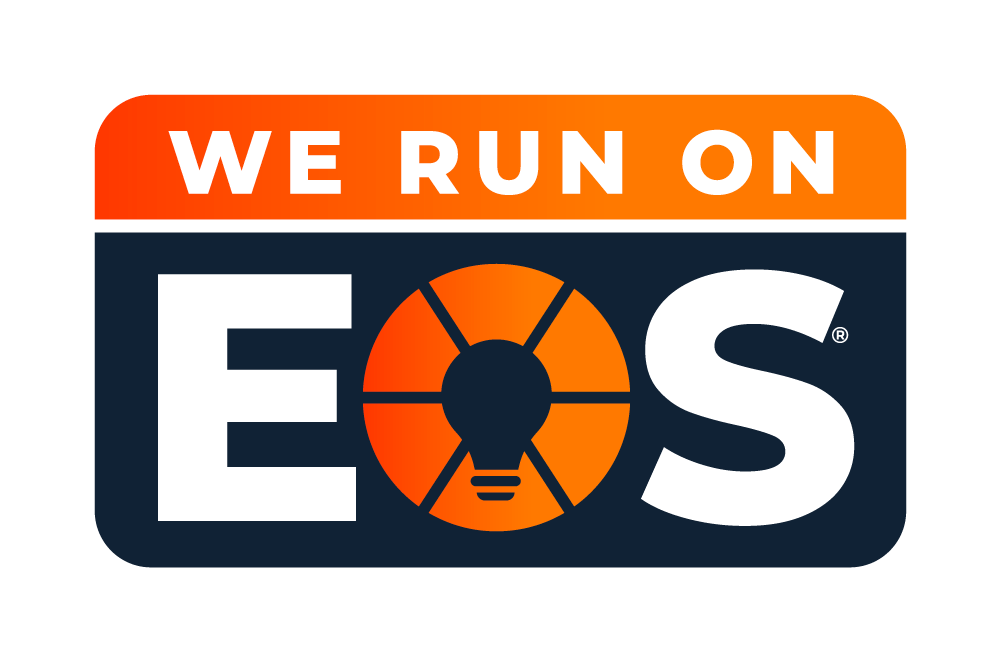Set Your Sights on FY19 | Corporate Planning
The end of the year is quickly approaching and you are probably (hopefully) in the throes of budgeting and forecasting for FY19 and beyond. Corporate planning isn’t as easy as it appears. At BOOST, we help clients with corporate planning and have some strategies that might be helpful to you as the end of the year approaches.
- Corporate budgeting – Bottoms up planning for business growth and operations, holding your management and executives accountable for costs and profits and setting targets. Corporate budgeting without a view of your bid pipeline can lead to some poorly planned financial decisions that can impact your competitiveness next year.
- Capture/Business Development Budget – Optimize your forecasts to bid smartly, especially regarding your rate structures.
- Contracts and upcoming bids – Industry best practice is to take a thorough look at existing contracts and upcoming bids to approach budgeting/forecasting in a wholistic way.
This time of the year is a great time to focus on existing indirect rate structures, and project out future rates using revenue growth projections, types of contracts you may be bidding next year, and resources to allocate.
Yes, you have provisional billing and indirect rates, you may have forward pricing rates, or other agreed upon rates with Govt acquisition agencies. However, none of these preclude you from creating/re-structuring/forecasting new rates based on business strategy and forward practices.
You may have won a few IDIQs/GWACs, but are you confident that the rates that you bid under are still optimal to bid upcoming Task Orders? For example, IDIQ rates are often ceiling rates, that you bid under certain assumptions and criteria. Task Orders can drop suddenly, or even a year or two later. In most industries, anything beyond 30 days is considered long term pricing, and as such, carries a price risk.
Have you reviewed all of your contracts and the associated price risk that comes with the time elapsed? Some things to consider might be:
- Are you considering your projected pipeline of opportunities? The size and scope of your pipeline and pwin can impact your financial status/situation/growth etc.
- During the budgeting process, look at forecasted revenue growth and the impact on your indirect rates.
- Are your upcoming bids likely to be SCA/Union heavy? Consider setting up separate fringe pools.
- Is your strategy geared towards prime contracts or subcontracting? This could impact how you set up cost pools, especially OH/Fee rates. If you’re subcontracting, you can have much lower OH rates than prime contractors.
- How do you want your subcontracts/prime contracts (usually not a choice) to be set up? Cost plus types/FFP/T&M? Are you prepared for capturing and allocating costs for cost type contracts? Are you prepared for DCAA Pre-award audits?
- Are your bidding rates set up for bidding strategic bids?
- What does your BD budget and Capture budget look like? Is it optimal for the type of bids and size of bids you’re planning to go after?
- Do you need to consider different bid pools based on agencies, contract types?
- Is your G&A structure set up competitively? Does it make sense to have a separate subcontracting rate? Does it make sense to have Total cost input G&A vs. Value added?
- Have you reviewed your existing IDIQ rates with your subs? If there are more TOs ready to drop in the next 12 months, have you reviewed indirect and direct rates at play? How do you prepare for Task Order bids if you won an IDIQ a few years before the actual TO comes out? The rates have all likely changed/will change, have you analyzed and prepared for those bids?
We know…there is a lot to consider. Budgeting is way more complicated in GovCon than budgeting for office supplies and the holiday party. BOOST gets it and we can help incorporate pricing and rates into your 2019 budget and long-term forecast. We want to help you grow and a solid budget helps pave the way for successful growth.





